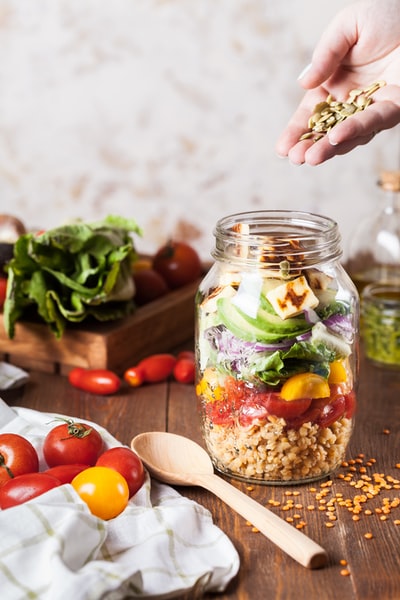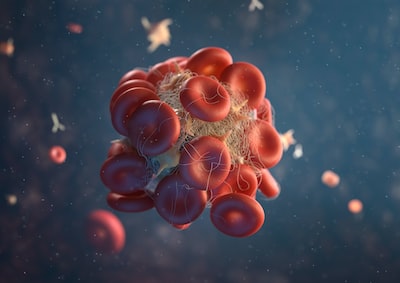Transport systems in plants and animals

By the end of this section you should understand:
- how to analyse data on the production and use of artificial blood products
- how to evaluate artificial hearts and heart valves
- the use of stents
——————————————————
The Blood
Blood performs many very important functions in the body:
- it transport oxygen and nutrients to the cells and takes waste products away from the cells
- it carries hormones and chemicals to where they’re needed in the body
- it helps to maintain the body’s temperature so that it doesn’t get too hot or too cold
- it’s a vital part of the immune system
Blood composition
Blood is composed of four main substances:
- plasma
- red blood cells
- white blood cells
- platelets
Plasma
Blood plasma is a fluid in which red blood cells, white blood cells and platelets are transported. However, plasma also transports a number of other important substances:
- carbon dioxide from the organs to the lungs
- soluble products of digestion from the small intestine to the other organs
- the waste product urea from the liver to the kidneys
Red blood cells

In the lungs, the haemoglobin combines with the oxygen to form oxyhaemoglobin. When the oxygenated blood travels round the body the oxyhaemoglobin splits back up into haemoglobin and oxygen and the oxygen can then enter the cells
The shape of a red blood cell is a biconcave disc: this means that its surface to volume ratio is large so gases can diffuse in and out of it more quickly. Their small size and flexibility also mean that they can move through capillaries and get closer to the cells.
Another interesting fact about red blood cells is the fact that they don’t have a nucleus. In fact, they don’t contain any organelles which means that they have more room for haemoglobin.
White blood cells

The main function of white blood cells is as part of the immune system. They travel in the bloodstream so that they can reach affected tissue. They’re able to fight off bacteria and viruses by either producing antibodies or devouring the germ themselves. They can also attack cells which have become infected or mutated.
Platelets

One of their main functions is blood clotting. If cells are damaged the platelets stick themselves to the inner surface of the blood vessel forming a plug. A good example is when you cut yourself. The platelet plug stops all your blood from leaking out. This plug also helps prevent infectious organisms from entering your body.